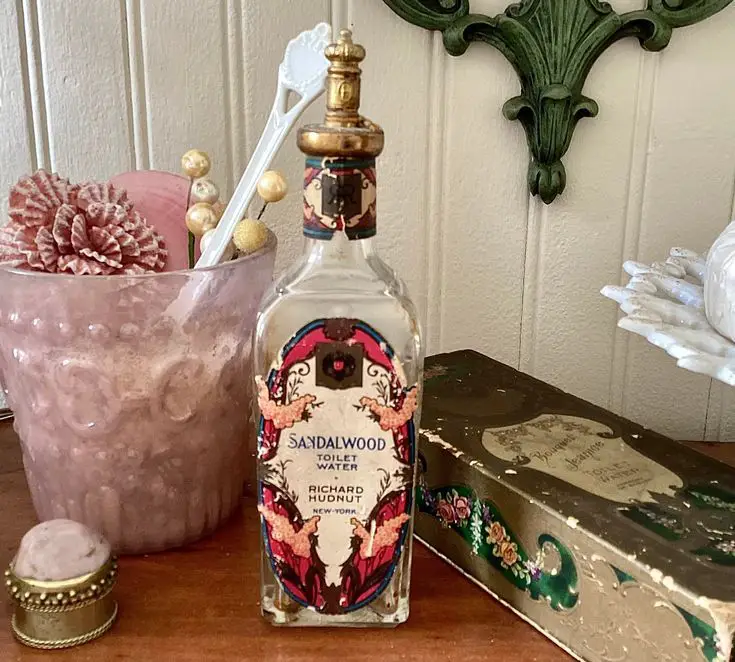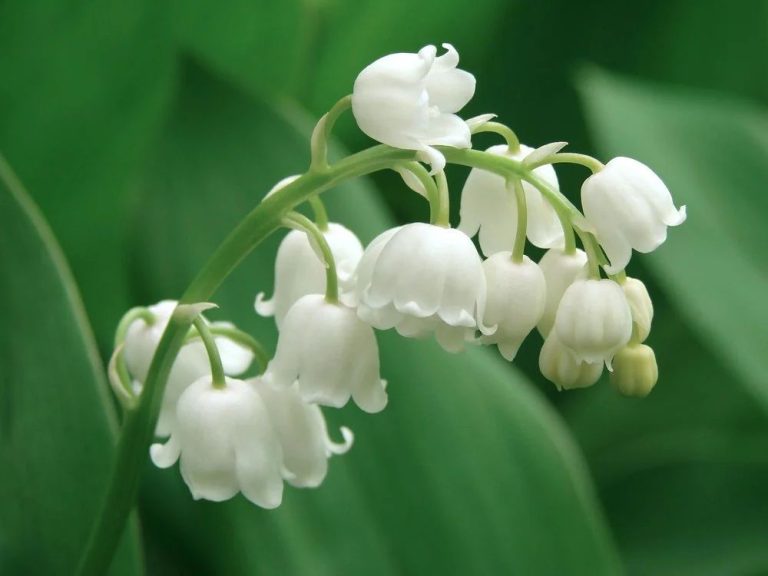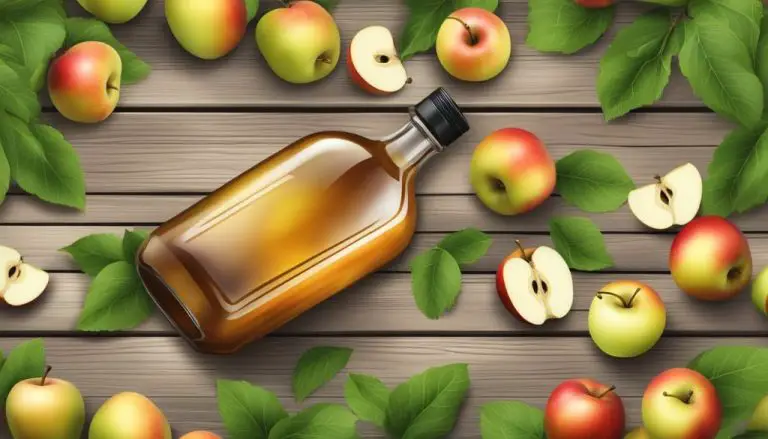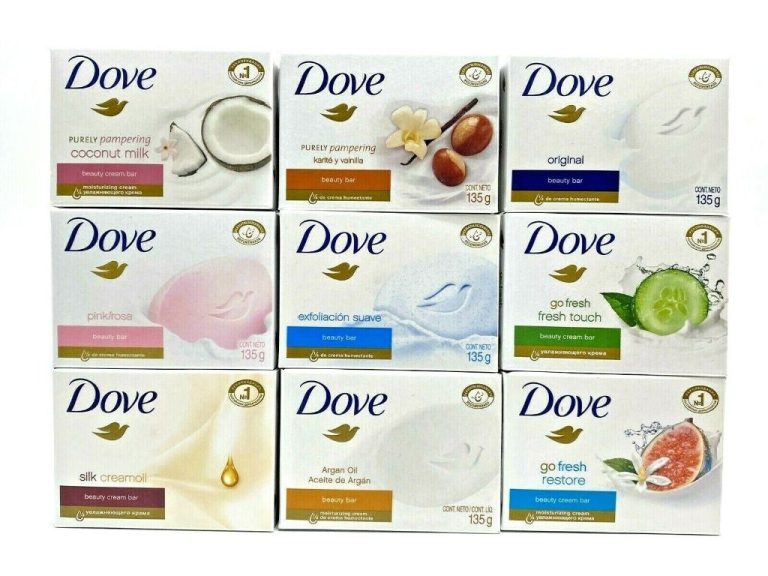How Do You Use Scent In A Sentence?
Scent can be defined as a distinctive smell, especially one that is pleasant. The sense of smell is very important for humans. Our olfactory system, the system responsible for the sense of smell, allows us to detect thousands of different odors. Smells can trigger powerful emotional responses and help form and recall memories (https://www.ncbi.nlm.nih.gov/pmc/articles/PMC7802608/). The sense of smell is also closely linked with the sense of taste, enhancing our enjoyment of food.
Because smells are so evocative, scent can be used in sentences in many descriptive ways. Writers use scent to describe the quality of an environment, convey an emotion or feeling, bring back a memory, describe people or objects, express a simile or metaphor, and create vivid imagery. This article will explore the various ways scent can be incorporated into sentences and writing.
Describing Smells
Scent can be used to vividly portray smells, both pleasant and unpleasant. For example, “The bakery was filled with the warm, yeasty scent of fresh bread.” This evokes the delicious smell of freshly baked goods. On the other hand, you could write “A noxious, chemical scent filled the air” to describe an unpleasant industrial odor. Other descriptive terms for pleasant scents include sweet, floral, citrusy, minty, savory, woodsy, etc. Unpleasant scents can be described as putrid, foul, musty, acrid, rancid, pungent, etc. Using sensory details like scent helps readers imagine the smell and immerse themselves in the scene.
According to an article on Writers Write, “When describing a smell, engage the reader by describing the origin and strength of the odor or comparing it to familiar scents” (Source). Powerful adjectives and comparisons make scents come alive.
Associating Scents with Memories
Scents have a powerful ability to trigger memories and feelings of nostalgia. Studies have shown that smells get processed in the brain’s limbic system, the area related to emotion and memory. When we smell something familiar, it can instantly transport us back to another time and place in our lives. As the saying goes, “The sense of smell can be extraordinarily evocative, bringing back pictures as sharp as photographs of scenes that had left the conscious mind.” (Source)
Here are some example sentences showing how scent can be used to describe memories:
The scent of fresh cut grass brought back memories of lazy summer days playing in the yard as a child.
As soon as she smelled the perfume, she was transported back to her senior prom night over a decade ago.
The smoky, woodsy aroma from the campfire triggered nostalgic memories of camping trips with his family.
Baking cookies filled the kitchen with the sweet scent of childhood Christmas mornings at grandma’s house.
The jasmine perfume smelled just like the one his mother used to wear, bringing back sentimental memories.
Describing Personal Scent
When describing someone’s personal scent or the scent of a perfume/cologne, it’s important to use descriptive language that evokes the smell for the reader. Here are some examples of sentences that describe personal scent:
“John always wore a musky, woodsy scent that reminded me of a walk through a pine forest after a rainstorm” (https://www.quora.com/How-do-you-describe-the-way-someone-smells).
“My sister wore a perfume that filled the room with a light floral aroma whenever she entered, like a garden in full bloom” (https://www.writerswrite.co.za/75-words-that-describe-smells/).
“I could detect notes of sandalwood and vanilla in the cologne he wore, giving him an exotic, spicy scent” (https://www.linkedin.com/pulse/tell-scent-use-your-brain-describe-fragrance-ivan-siarbolin).
Using descriptive language that focuses on the specific notes, textures, and feelings the scent evokes can transport the reader and help them imagine the smell. When describing personal scent, it often helps to compare it to scents from nature, foods, or memories.
Setting a Scene
Writers often use descriptions of smell to establish a vivid setting and transport readers to a specific time and place. By providing sensory details related to smell, authors can create an immersive atmosphere and backdrop for their stories. According to Emily Grosvenor in her article “Scent in literature: The Best Smelly Writing,” Marcel Proust was a master of using scent to set a scene in his novel Remembrance of Things Past. She writes, “Proust describes the French countryside ‘..perfumed by the smell of hawthorn, a white scent which hovers delicately in the shape of a mist..’” (Grosvenor). The smell of hawthorn plants roots readers in a particular sensual experience of the countryside.
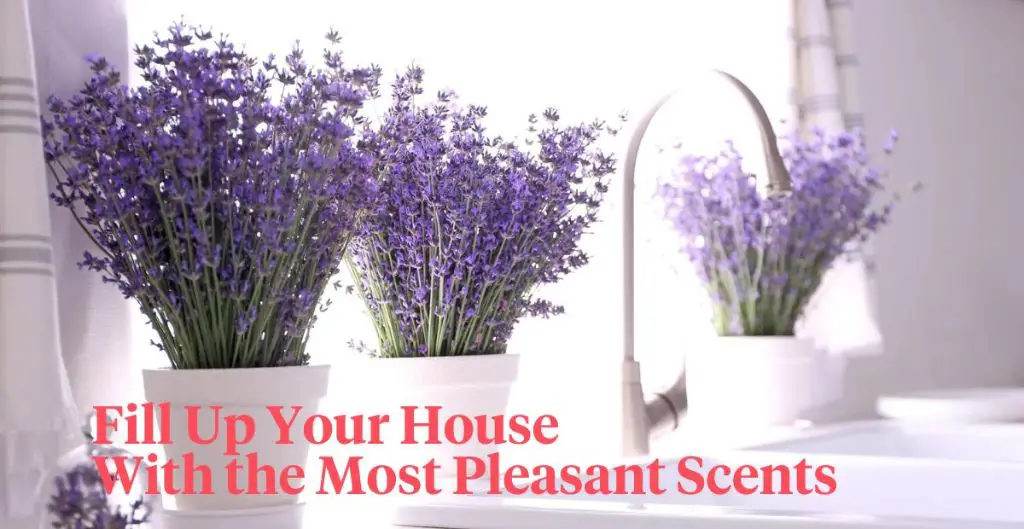
Another example is Patricia Hampl’s memoir The Florist’s Daughter, where she recreates the scent inside her father’s flower shop: “Here was the damp, complicated scent of fresh flowers packed tightly together” (Lithub). With just this scent detail, readers can imagine the cool, earthy interior of a florist’s store. Scent descriptions like these allow writers to immerse readers in a fully imagined environment.
Scent in Marketing
Scent is commonly used in marketing and advertising to influence customers’ perceptions and increase sales. Brands employ a technique called “scent marketing” which introduces certain smells into a retail or other commercial environment to encourage positive associations and consumer behavior (https://www.brandedagency.com/blog/scent-marketing-strategy). For example, a pleassant citrus fragrance diffused in a clothing store can promote feelings of freshness and cleanliness. Similarly, the smell of baking bread may make customers feel hungry and compelled to make a purchase at a cafe or restaurant.
One major goal of scent marketing is to develop strong brand identity through proprietary scents. For instance, Victoria’s Secret is associated with fruity, floral scents (https://thinkmarketingmagazine.com/you-smell-that-how-big-brands-use-the-science-of-scent-marketing/). Customers come to connect those smells exclusively with the brand. Another example is hotels that diffuse their own custom fragrance, creating an inviting ambience unique to their properties as well as memorable experiences for guests (https://www.lelior.com/blogs/all/scent-marketing).
Overall, scent marketing aims to form deep emotional connections and loyalty between customers and brands. When used effectively, it can be a powerful way to boost sales, improve brand perception, and attract repeat business.
Describing Food
Scent is often used to vividly describe the aromas and flavors of food. For example, when describing a peach, one might say, “The sweet perfume of ripe peaches filled the kitchen” (WorldFoodWine). Adjectives like “perfume” help create a sensuous image for readers. Some other adjectives that effectively describe food scents include:
- Savory – having an appetizing smell or flavor
- Mouthwatering – making the mouth water due to smell or look of food
- Fragrant – having a sweet or pleasant scent
- Appetizing – stimulating the desire to eat
Similes can also be used to paint a vivid picture of how something smells. For instance, “The blueberry pie smells as sweet as a summer breeze.” Comparisons like this allow readers to easily imagine the scent being described. Overall, using descriptive scent-related words and imagery helps readers fully engage their senses and immerse themselves in the text.
Similes and Metaphors
Scent is often used in similes and metaphors to help describe experiences and emotions. For example, “The bread smelled as fresh as a spring morning after the rain” uses scent to convey the pleasant and refreshing aroma of the bread. Other examples include:
- “The gym socks smelled like a dead skunk on the side of the road” – using a pungent scent to describe something foul or unpleasant
- “Grandma’s house always smelled sweet, like a kitchen full of chocolate chip cookies” – associating scents with fond memories or comfort
- “The stench was like a garbage dump in the hot summer sun” – using scent to portray something dirty or disgusting
- “Her perfume was a light floral scent, reminding him of a walk through a rose garden after it rained” – using pleasant natural scents to portray beauty or romance
Similes and metaphors allow us to connect scents to experiences in creative ways. They help paint a vivid picture and engage the senses. Choosing apt scent descriptions can make writing more immersive and impactful.
Personification
Personification is a literary device that gives human attributes to non-human things. When it comes to scent, writers often personify smells to make them seem more vivid and alive. Here are some examples of scent personified in sentences:
The sweet aroma of freshly baked cookies embraced me as I walked through the door. [1]
The stench of rotting food recoiled in disgust as we opened the refrigerator door. [2]
The scent of lavender danced playfully around the garden. [3]
Personifying smells makes them into characters that interact with the other elements of a scene. It’s an evocative way to engage readers’ senses and invite them to imagine what an environment smells like.
Conclusion
Scent is an incredibly powerful part of the human experience, and can be used in sentences in a variety of ways. We explored how people associate certain scents with memories, describing perfumes and flowers that remind them of loved ones or important events. Scent is also critical in setting a scene or atmosphere, whether you’re describing a fresh-baked apple pie in a cozy kitchen, or the salty sea breeze at the beach. Creative writers use scent to add vivid sensory details to their stories through similes and metaphors, or even by personifying scents to make them characters in the narrative. The language of scent is just as important in non-fiction, like conveying the mouthwatering aromas of dishes in a recipe or restaurant review. These examples demonstrate the potency of odor in triggering memories and emotions. Understanding how to tap into this in our words allows us to craft more evocative, relatable writing.

